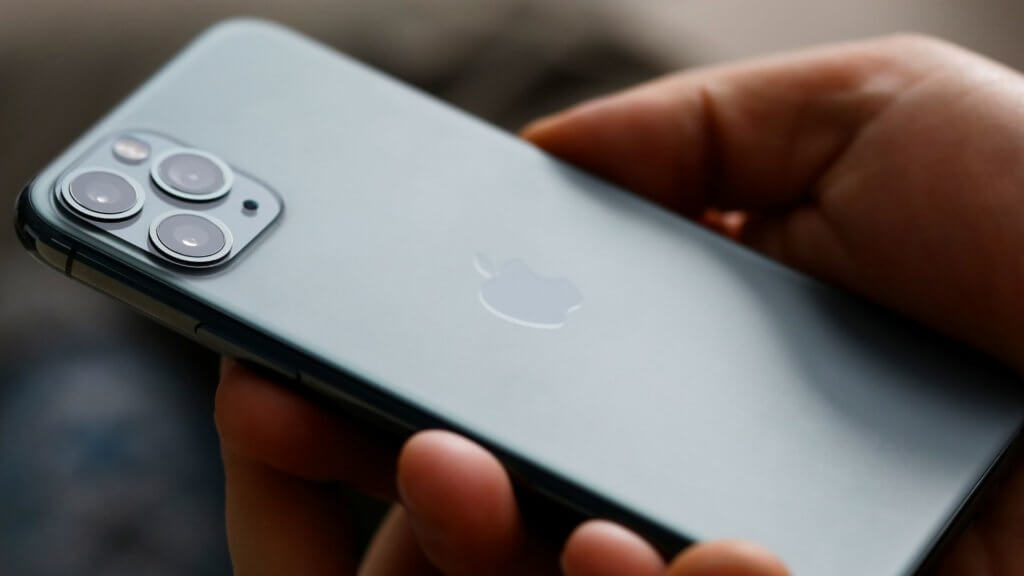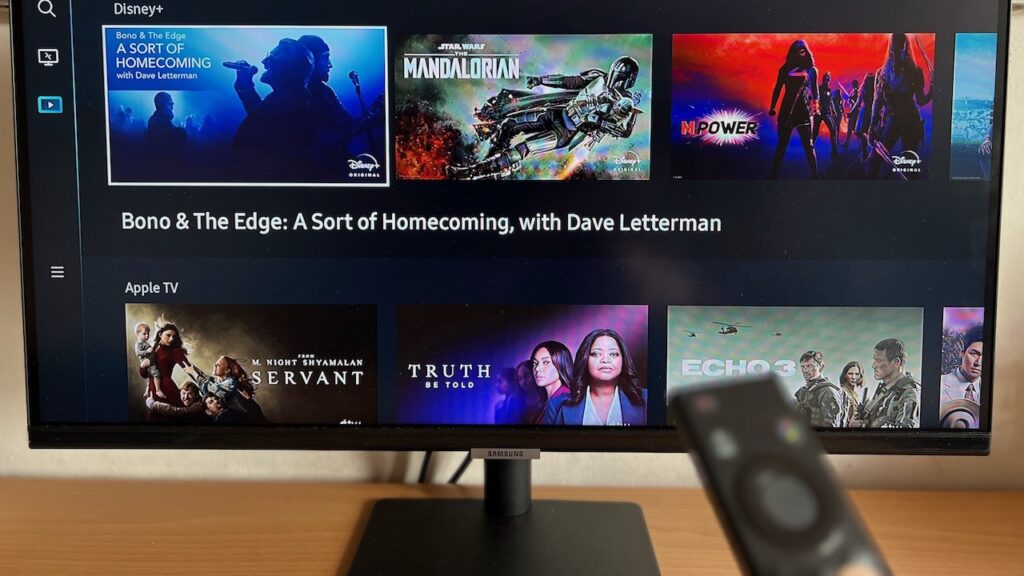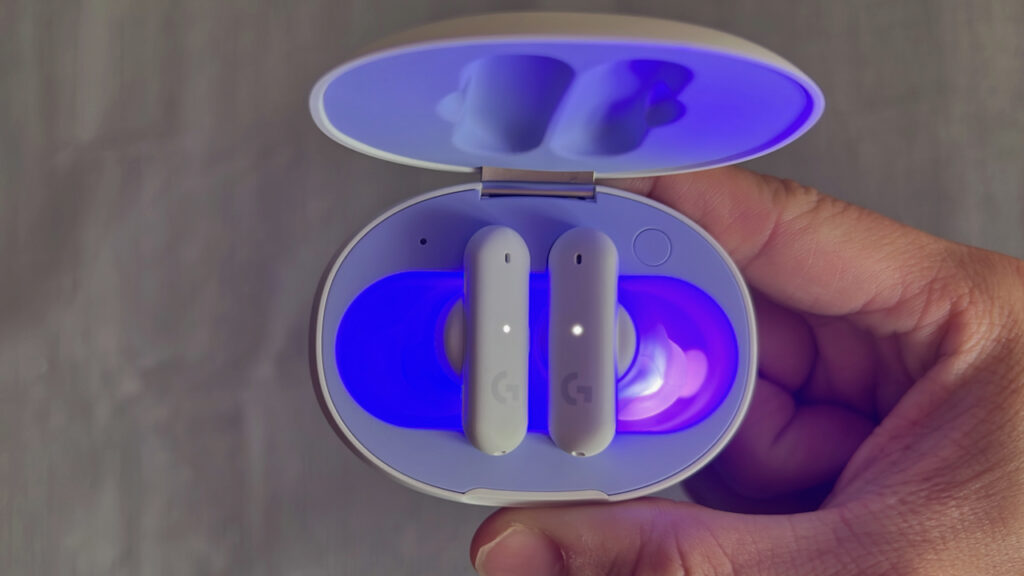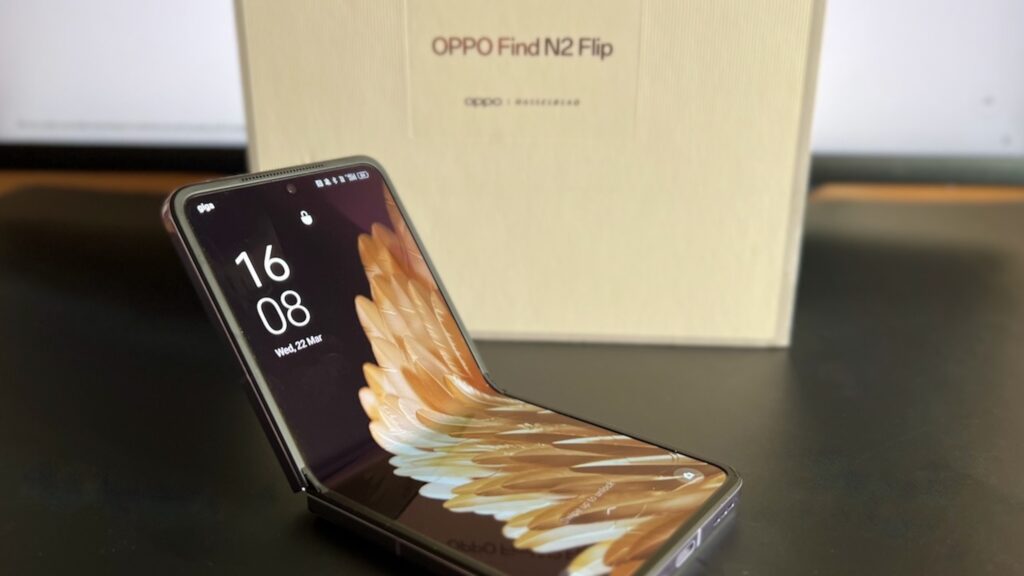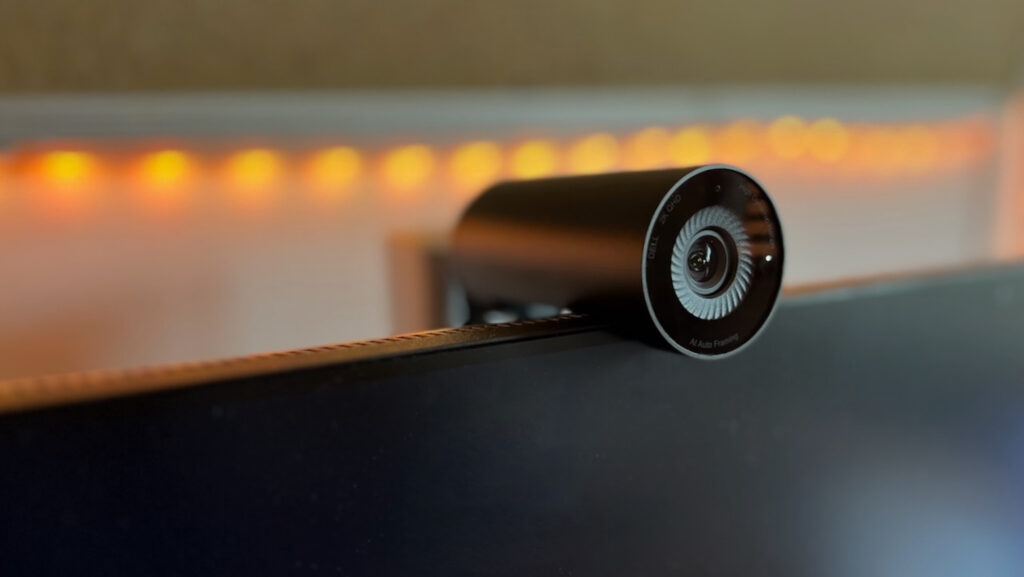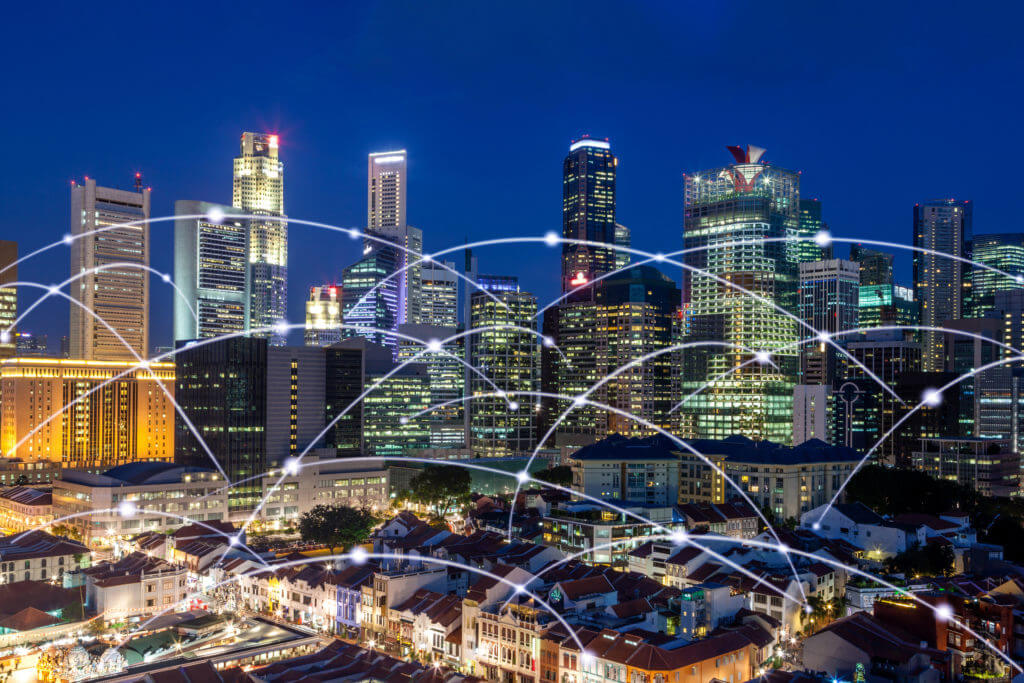Remember Batterygate in 2017 where Apple slowed down iPhones with degraded batteries to prevent shutdown? That was allegedly Apple’s way of planned obsolescence.
By making iPhones with average battery life, then slowing them after a few years, Apple can stand to make a fortune by selling their customers newer iPhones.
But this is all conjecture. Many things have changed since 2017: Battery life on Android phones got better, phones got way faster, and people were changing their phones less frequently.
This means iPhones too, have to get better battery life in order to remain competitive. I personally daily-drive an iPhone 13 Pro and get an average screen on time of 7 hours with 20% battery remaining at the end of the day.
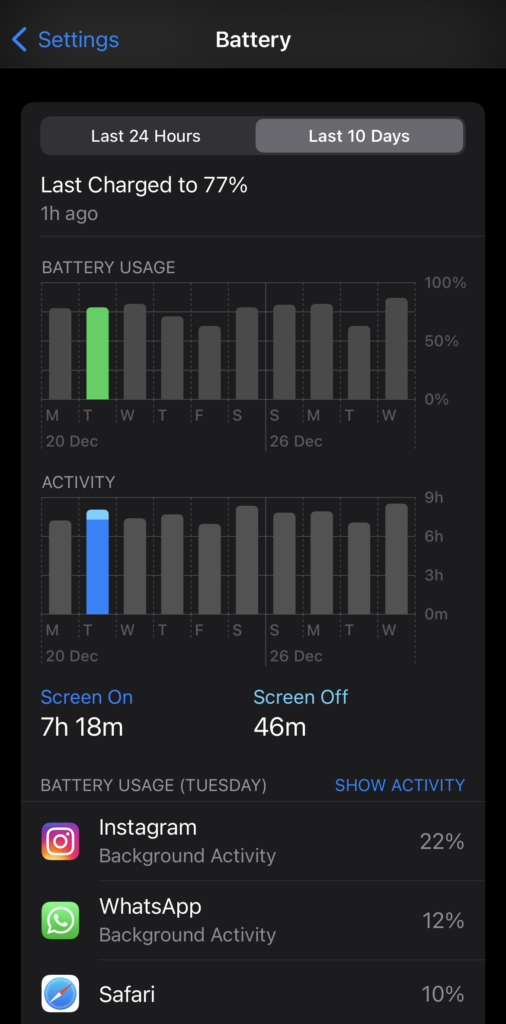
Apple has taken many steps in recent years to improve iPhones’ battery life, from increasing the physical battery size to implementing optimised software.
Let’s take a look at what Apple did this year with the iPhone 13 Pros that crowned it Battery Life champion by PhoneBuff.
Variable refresh rate Screen
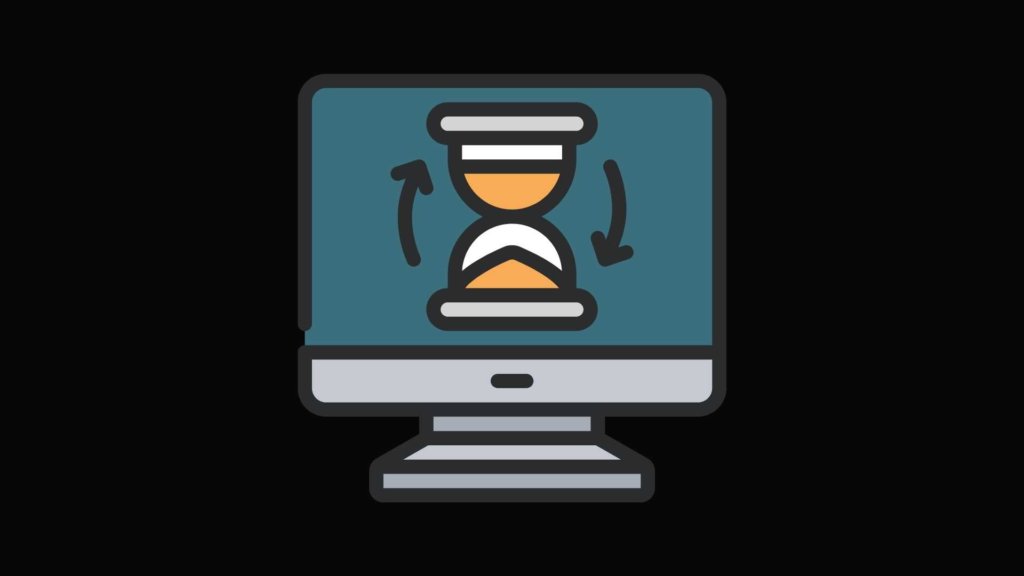
One of the main differentiators between this year’s pro iPhones and all other iPhones is their variable refresh rate screens.
For the uninitiated, refresh rate refers to the number of times your display refreshes per second. The higher the refresh rate, the smoother animations will be.
This comes at a cost though. Whenever your screen refreshes at a higher rate, more power is consumed, and vice versa.
A variable refresh rate screen like the iPhone 13 Pro’s can dynamically adjust the refresh rate based on the content being displayed.
The iPhone will lower its refresh rate all the way down to 10 hz when displaying a static image like a photo, and ramp it all the way up to 120hz when you are scrolling or gaming.
This means the display will intelligently draw more power only when it is needed, saving you precious battery life.
All other iPhones and most lower end Android smartphones are unable to do that as they have a fixed refresh rate of 60 hz.
Sure, 120hz when activated may cause additional battery usage, but how often are you actually using it?
Content streaming services like Youtube and Netflix don’t support 120hz playback. Facebook and Instagram media don’t support 120hz playback either. So there is no excess battery drain there.
Most of the time, battery saved from the lower refresh rates will outweigh the additional battery used at high refresh rates.
Physically larger battery
The second reason why the iPhone is able to attain great battery life is simply due to its bigger battery.
Apple reversed its decision it made last year, when it decided to reduce the same battery capacity while simultaneously introducing 5G capabilities on the iPhone 12.
Turns out, 5G is a battery hog as we all expected it to be. The iPhone 12 mini in particular suffered from terrible battery life.
No one was asking for thinner and lighter iPhones with worse batteries, so Apple changed.
This year, Apple made all the iPhone 13s thick (with 2 Cs), with the iPhone 13 Pro Max being the heaviest iPhone ever introduced.
Bigger battery equals ability to hold more charge, simple right? I’m glad Apple made this move.
OLED screen
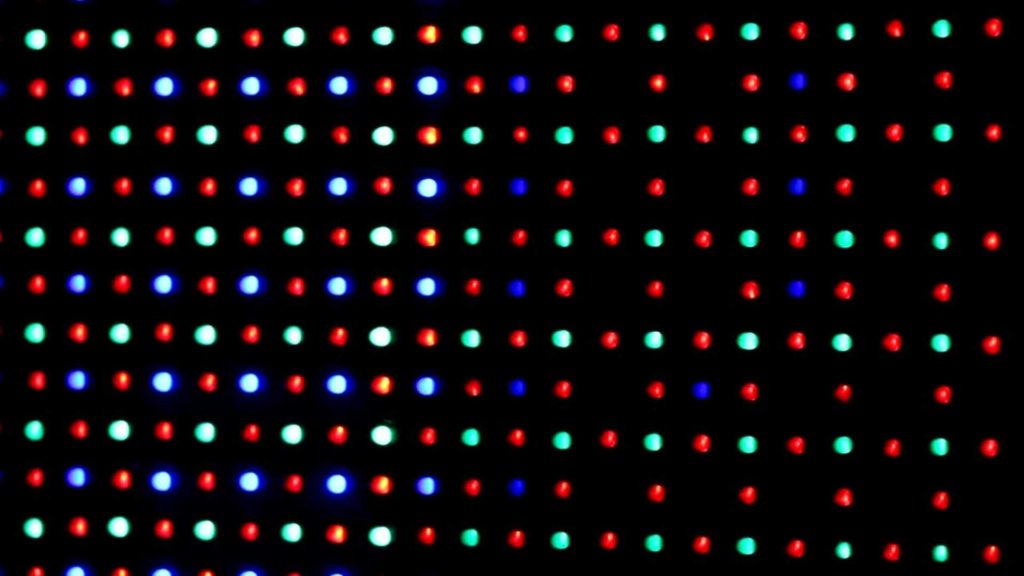
All models of iPhone starting from the 12 come with OLED displays while some older iPhones come with LCD displays. Let me lay out the differences
OLED displays are made of a matrix of individual pixels that can independently power on or off to show colour. When displaying the colour black, OLED pixels around the area simply turn off, displaying true blacks, as well as saving battery.
LCD displays are powered by a backlight that shines through colour filters. When displaying black, polarizers and diffusers are used to block out the backlight. No energy is saved on powering the backlight.
Battery savings becomes even more apparent when you turn on Dark Mode. The background colour in all system apps and supported third-party apps will be set to black.
More black means less pixels being powered, remember? Further, contrast and viewing angles on the iPhone 13’s OLED screen are great. So you won’t have to crank up your display brightness much to view your content.
Both these factors combined will bring significant battery life improvements.
iOS optimisation
Software optimisation plays arguably the most important part in your phone’s battery life. Ever since the start, iPhones have had smaller batteries than their Android flagship counterparts. Just take a look at the table below.
| Phone Model | Battery Capacity (mAh) |
| iPhone 13 Pro | 3100 |
| iPhone 12 Pro | 2815 |
| Samsung Galaxy S21+ | 4800 |
| Samsung Galaxy S20+ | 4500 |
Huawei P50 Pro | 4260 |
| Huawei P40 Pro | 4100 |
Even though the iPhone 13 Pro only has a battery capacity of 3100 mAh, it manages to last longer than most Android flagships of similar price. Battery size doesn’t matter as much if the software built for the phone is not optimised.
Most Android Smartphone manufacturers purchase chips from Qualcomm, and they may not be optimized for every manufacturer’s version of Android. That’s why a larger battery capacity is needed to buffer against this issue.
Apple on the other hand, designs both the chip and the software used to run on iPhones, namely the A series chips and iOS.
Since Apple is effectively writing software specifically only to run on their A series chips, they are able to tailor the best runtime speeds and power efficiency to each of their chips.
In addition, Apple in 2019 introduced a software based battery management feature in iOS 13 devices, Optimised Battery Charging.
Optimised battery charging learns charging habits from each user. If you usually charge your phone overnight, your iPhone will suspend charging when it reaches 80%, and continue filling it up just before you wake up.
As we know, Lithium Ion batteries like to stay between 20% to 80% to retain most of their capacity. So with Apple automatically doing this for you, the long battery life you currently enjoy with your new phone will carry on further into the future.
Conclusion
Apple has outdone themselves in the battery department this year. They showed us that even with a 120hz refresh rate display and 5G support, its lower capacity battery is still able to outlast the competition.
Their ability to control every part in the making of the iPhone proves to be so successful that even Google (who develops Android) is deciding to ditch third party chips for its own in-house designed Tensor chip.
It remains to be seen if any manufacturer is able to replicate that edge Apple has with its harmonious integration of hardware and software. But hey, more competition means better products for us consumers.
Which reason for the iPhone’s long battery life resonates the most to you? Let us know in the comments below.
Derrick (Yip Hern) founded Tech Composition to provide valuable insights into the tech and finance world. He loves to scour the web for the best deals and embark on software projects during his free time, a typical geek, right?
